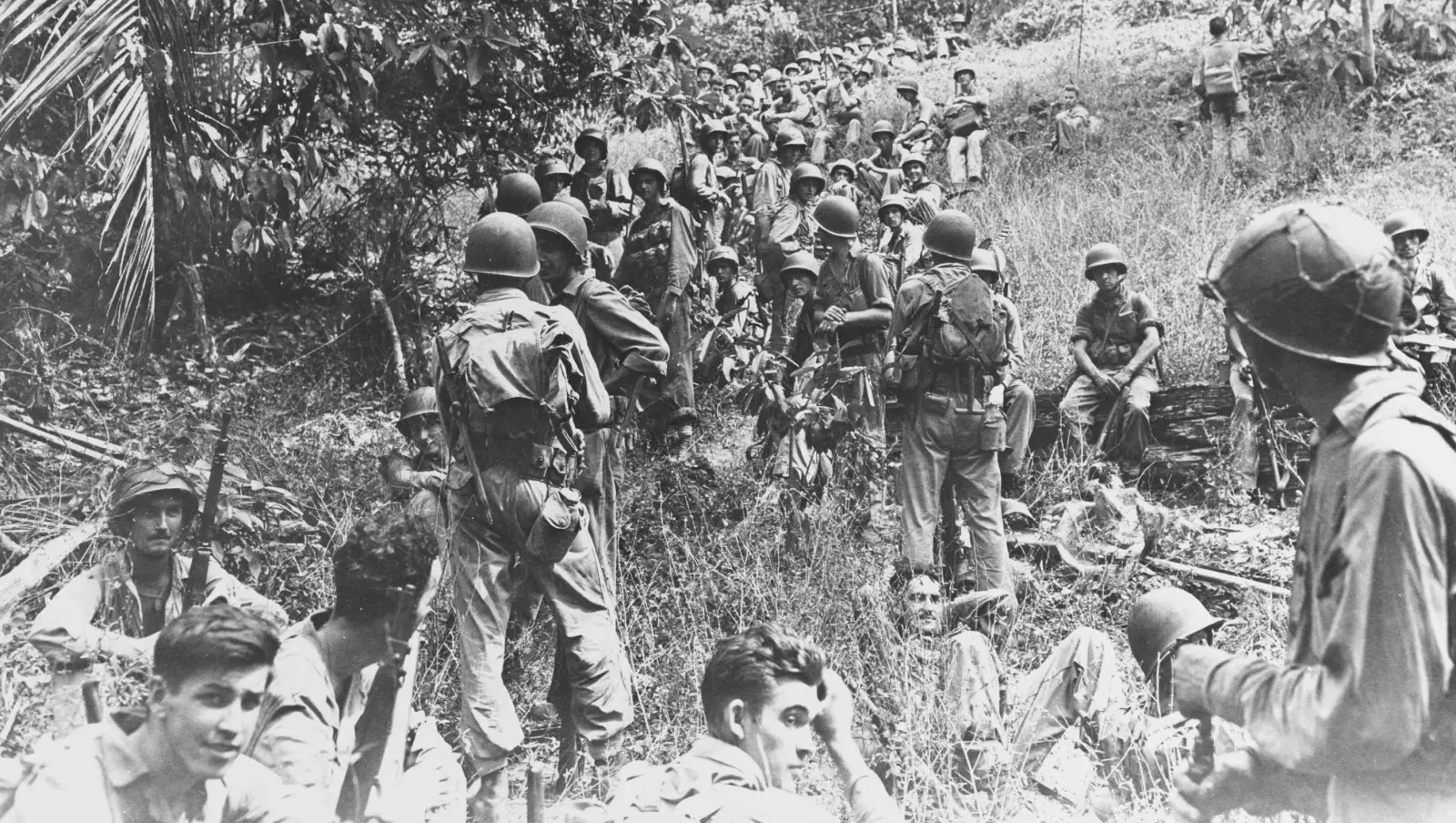
The Forgotten Soldiers: Prisoners of the Japanese during World War II in Asia and the Pacific
The passage of three quarters of a century since the end of World War II notwithstanding, heroism of the generation of soldiers who fought the war continues to inspire many. Bravery and fortitude of the service men and women did not manifest in the heat of combat alone but also in the dread of starvation, disease, mistreatment, and forced labor in the case of some 252,000 Allied military personnel who became prisoners of the Japanese.1 Yet the experiences of those soldiers behind the enemy lines are barely mentioned in the standard historical narratives of the war in the Pacific.

Guadalcanal Campaign, ca. August-December 1942.
NARA
This story map sheds light on these under-told stories of Allied prisoners of war in Japanese custody by way of General Jonathan M. Wainwright, who related his own prisoner-of-war experiences in his postwar memoir, General Wainwright’s Story: The Account of Four Years of Humiliating Defeat, Surrender, and Captivity (1946). Wainwright assumed the command of the U.S. Army forces in the Philippines when his immediate superior, General Douglas MacArthur, evacuated to Australia in March 1942. After surrendering his forces at Corregidor on May 6, 1942, and until being rescued by the Soviet forces at a prisoner-of-war camp in Manchuria on August 23, 1945, Wainwright remained a prisoner of the Japanese and was subjected to various forms of indignity and mistreatment.
Wainwright spent much of the war years in a Japanese colony, Taiwan, where the Japanese military authorities set up special prisoner-of-war camps for segregated detention of high-ranking American, Australian, British, and Dutch military officers as well as governor generals of British and Dutch Southeast Asian colonies. The Japanese mistreatment of this particular category of prisoners of war came under close scrutiny at a postwar war crimes trial by the British authorities at Hong Kong (the trial of Colonel Sazawa Hideo and two others, May-June 1947; case number: WO235/1029).2
- This was the official number released by the Japanese supreme-command organ – Imperial Headquarters (Daihon’ei) – on April 14, 1942 (Utsumi Aiko, Nihongun no horyo seisaku [Prisoner-of-war policies of the Japanese military] (Tokyo: Aoki shoten, 2005), p. 181).↩
- The record of the Sazawa Trial can be accessed online. Visit “Hong Kong’s War Crimes Trials Collection” at the HKU Libraries Digital Initiative.↩